So you finally decided to make the leap and adopt some baby chicks – congratulations! But now you need to know what to feed these cute, chirpy little fluff balls. Don’t worry, it’s fairly easy to raise chicks and they will be full-grown chickens before you know it!
In the first 24 hours of hatching, chicks do not require any feed as they are still processing the nutrients from the yolk. By 48 hours, chicks should be provided with water and can be fed a chick starter feed. This starter feed is specially formulated for chicks as it is higher in protein.
Keep reading to learn more about what to feed baby chicks after they have hatched.
First 24 Hours
The first 24 hours after a chick hatches, she will not need any feed. At this point, the chick is still getting her energy from the yolk sac she absorbed right before hatching out of the egg.
It takes chicks about 24 hours to hatch out of an egg after they have made the first pip, or hole in the egg. When a group of chicks, or clutch, are incubated at the same time, they will all hatch within 24 hours of each other. Once all the chicks have hatched from their eggs, the hen will lead her chicks from the nest to food and water.
Because of this synchronized activity within the first 24 hours, chicks in nature do not need to eat within the first day of hatching; therefore, your chicks should be fine for the first 24 hours with no additional food or water.
Between 24 and 48 Hours
After the first day, chicks need to have access to water (definitely no later than 48 hours after hatching).
If you ordered chicks through the mail they should be picked up from the post office and brought home to their brooder. In the brooder, you should have a chick-sized waterer with many small stones or marbles in the base with the water. This will prevent the chicks from falling asleep in the waterer and drowning.
We bought a beginner poultry kit which came with a chick-sized feeder and waterer. We used these supplies until the chicks were moved to the outside coop.
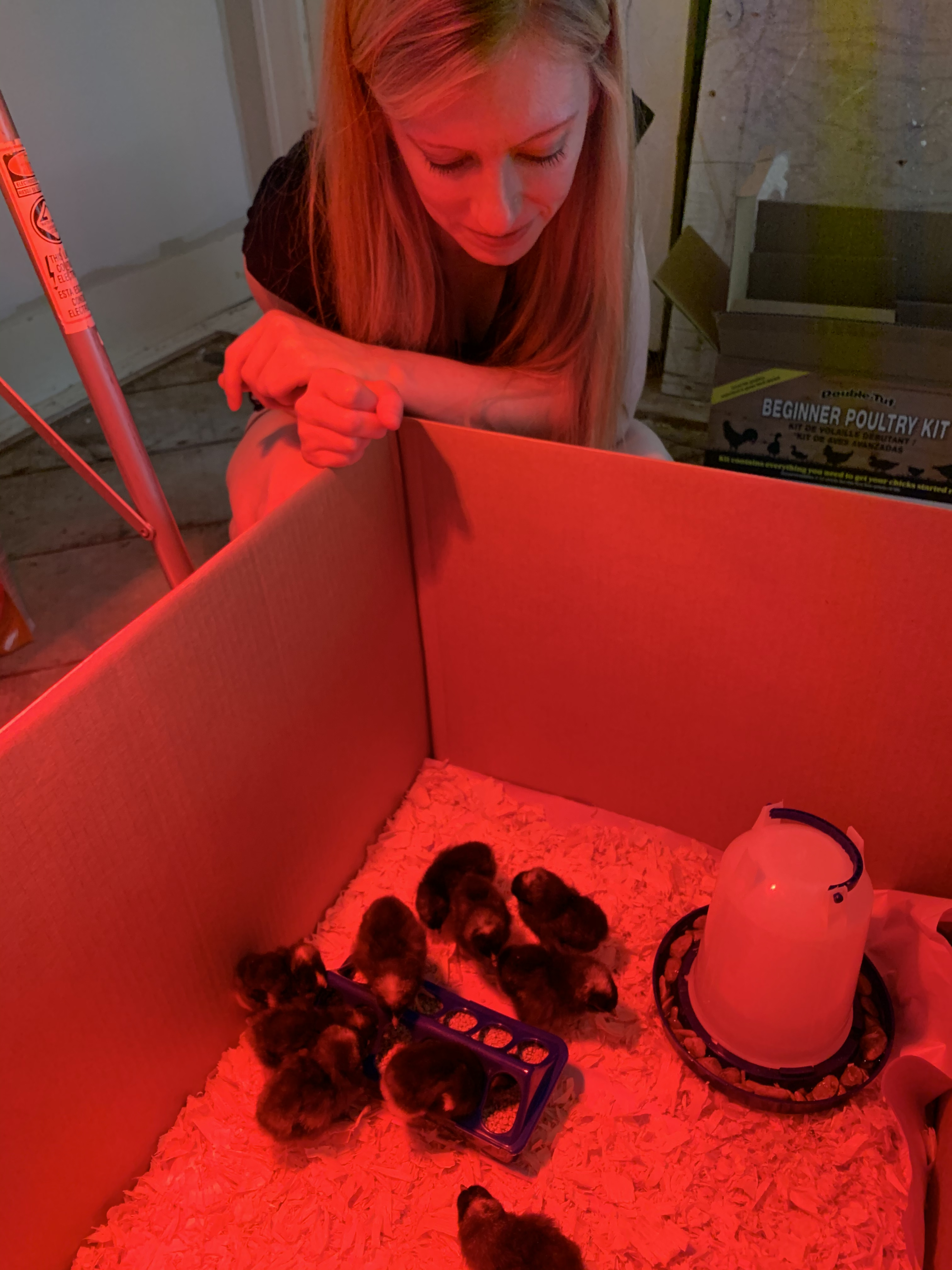
As you place the chicks in the brooder, dip their beaks into the water and see if they will swallow. After you have done this process with a few of the chicks, the others will learn to follow this behavior.
After chicks have had sufficient access to water, you can provide them with a starter feed. Chick starter is high in protein at about 20% protein, which supports the rapid growth of chicks in their first few weeks of life.
Chick starter feed can be found at most farm supply stores. It’s best to have this bought before you bring your chicks home in case you are unable to find the feed or the store is out of stock, especially during the Spring when many people are buying chicks.
Chick starter can come as medicated or un-medicated. The medicated feed contains antibiotics or coccidiostats. All chickens are exposed to cocci but baby chicks are more susceptible to developing coccidiosis which is a contagious disease and lead to death.
The main risk of chicks contracting coccidiosis is in an industrial farm environment where there is high stress from cramped living conditions, reduced access to fresh water and food, and a build-up of manure. For chicks raised in a brooder at someone’s house, the risk developing coccidiosis is very small.
If you don’t have access to chick starter feed, you can feed your chicks hard-boiled eggs that have been mashed or a mixture of oatmeal and cornmeal. The oatmeal and cornmeal mixture should not be fed long term since it is very low in protein, vitamins, and minerals, but it will work until you are able to get starter feed.
Under no circumstances should you ever feed chicks layer feed. Layer feed is high in minerals, including calcium, which can lead to kidney issues or damage the development of a chick’s reproductive organs.
Between Day 2 and Week 2
After the first 2 days, your chicks should be set-up for eating and drinking from their chick-sized feeder and waterer. This set-up will work for the growing chicks for the first 2 weeks or so.
As soon as the chicks start to roost on top of their feeder or waterer, you might consider placing each one on a small paver or piece of wood so that the feeder and waterer is about even with the back height of your chicks.
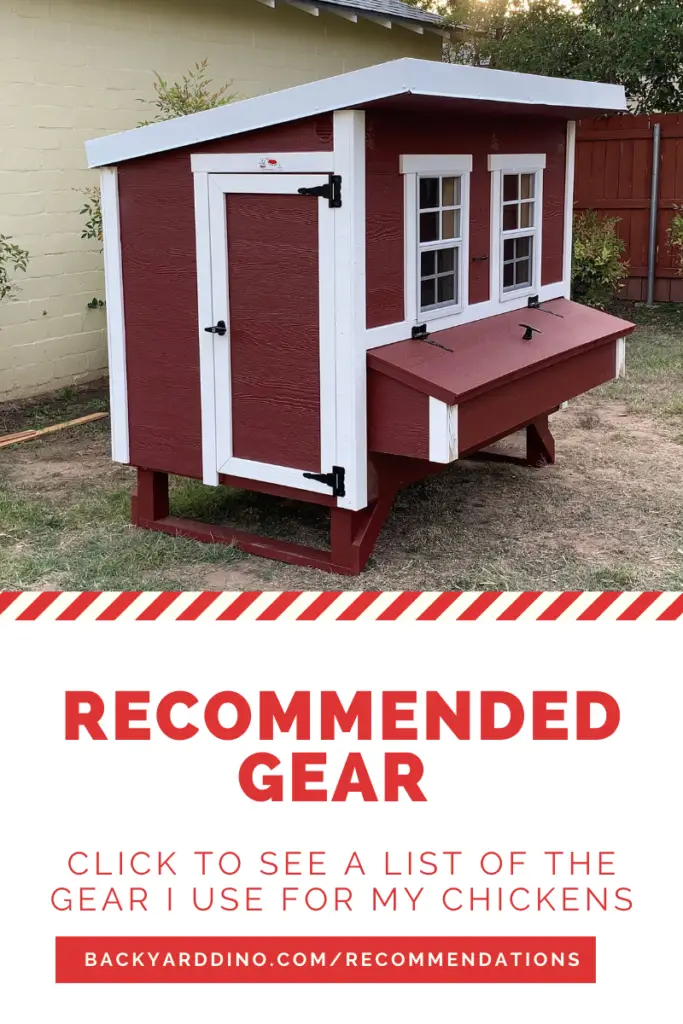
Chicks have a habit of billing their feed out of feeders. They will scoop the food out with their beaks while they are pecking at the pieces. This results in feed waste as it will end up on the ground.
It’s not particularly ideal for chicks to eat feed from the ground since it can mix with their droppings and lead to an unclean situation. When the feeder is raised to the same level as the top of their backs, they are able to access the feed but are less likely to bill it out on the ground.
The same concept applies to waterers. When chicks are able perch on top of the waterer, then it’s time to have it raised. Whenever chickens are perched on something, or roosting, they will be pooping on everything that lies below. Droppings in the chickens’ drinking water can lead to illness, so make sure that the chicks have access to fresh, clean drinking water at all times.
During the first 2 weeks, your chicks will still be in the brooder. By about week 3, they will have outgrown their brooder and can be moved into the chicken coop.
Week 3 to About Week 18
When chicks are moved to the chicken coop around 3 weeks of age, they might need to be transitioned to a larger feeder and waterer.
When you move your chicks to the coop, you can reduce their stress level by taking their feeder and waterer from the brooder and placing it in the coop with the chickens. As you transition to the larger food and water supplies, keep the old ones in the coop for a few days to allow the chicks time to transition to the new ones.
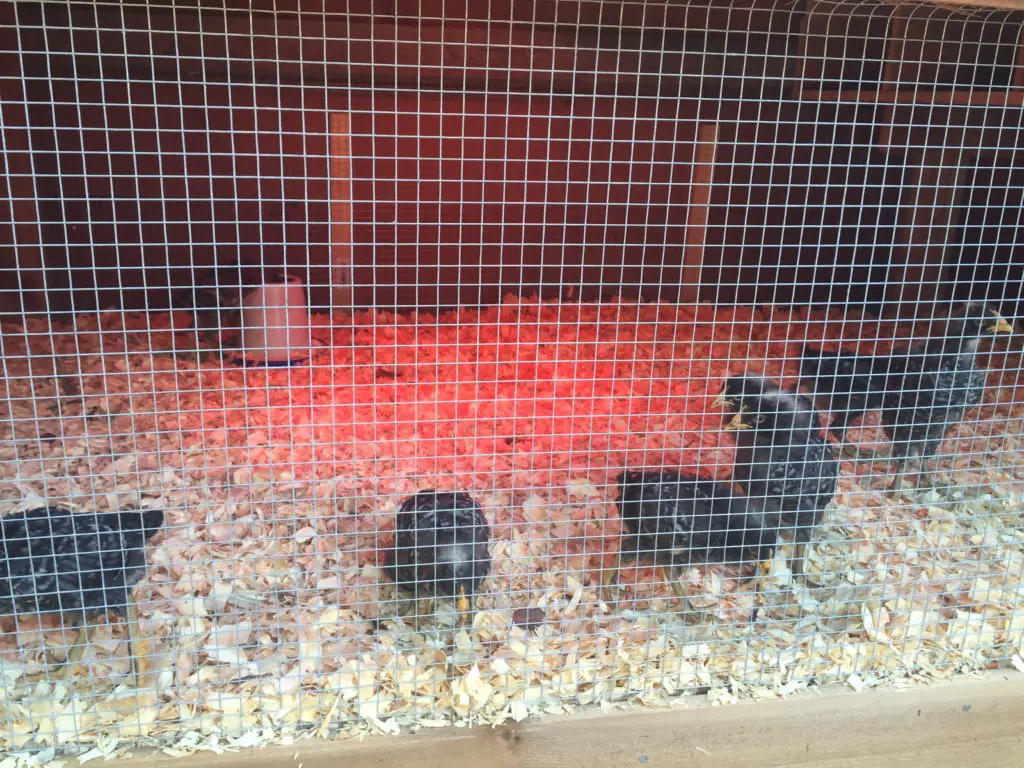
You want to provide enough feed every day so that your chickens have food throughout the day, but not so much that there is much leftover at the end of the day. Grains start to loose their nutritional value as soon as they are crushed and will go stale. Chickens would rather go hungry than eat stale feed, so try to feed them the feed within a month of buying.
By this point, you don’t need the stones in the chickens’ waterer anymore since they are larger and the risk of drowning in their water is no longer an issue.
When we moved our chicks to the coop, we set-up a 5-gallon bucket with waterer nipples. We taught the chicks how to use this waterer in the same way we taught them about their first waterer when they were a day old. We gently applied their beaks to the nipples at which point the water came out. After we did this with a few of the chicks, the others caught on.

After 6 weeks, some people will transition their chicks to a pullet starter feed. It has slightly less protein than the chick starter since the protein needs of pullets are less than they are for chicks. For our chickens, we kept them on the non-medicated chick starter until they started laying eggs and they had no issues.
After 18 weeks, your chickens can be transitioned to a layer feed. This post talks more about layer feed and this post gives information on the natural diet of chickens.

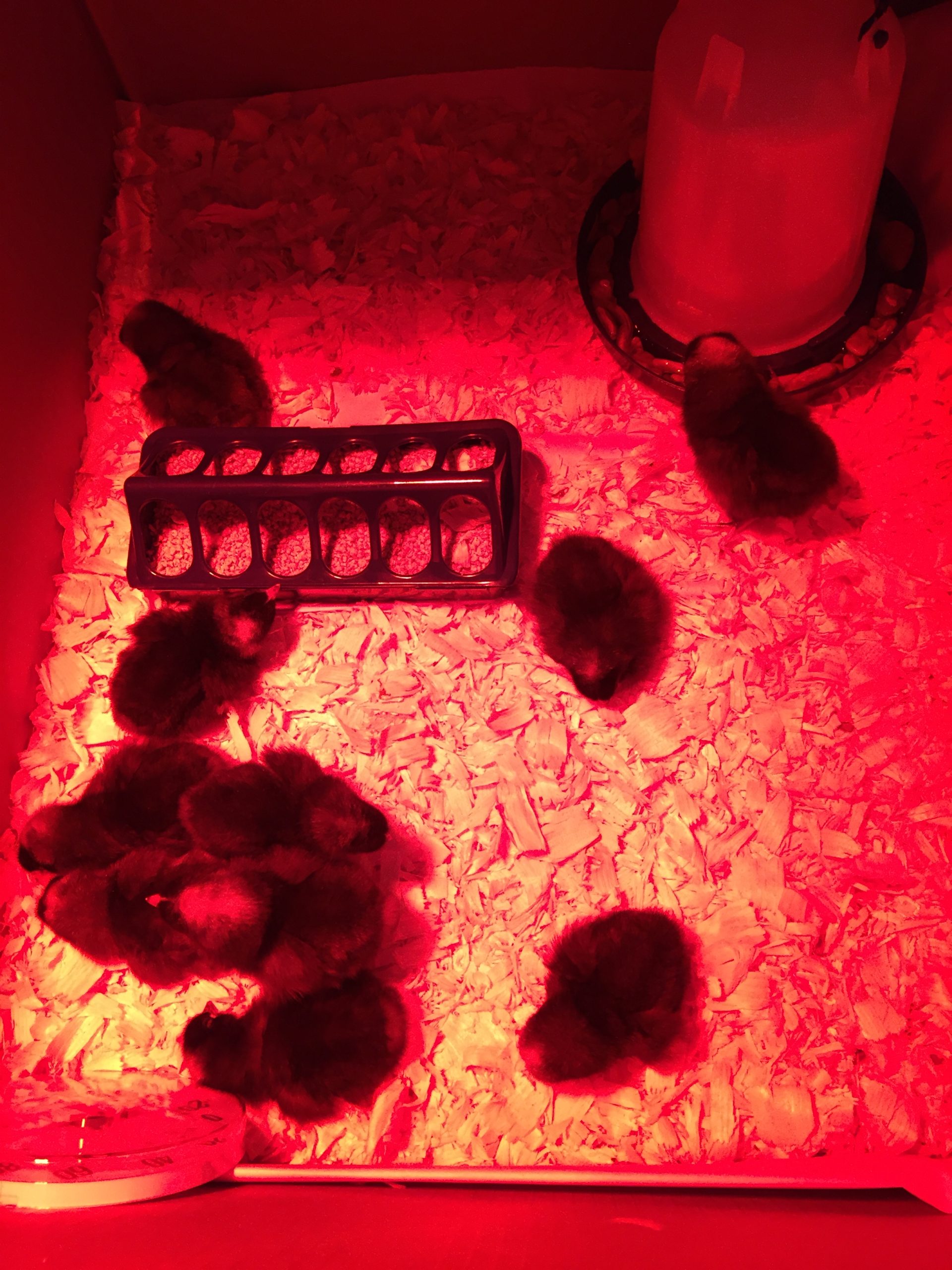
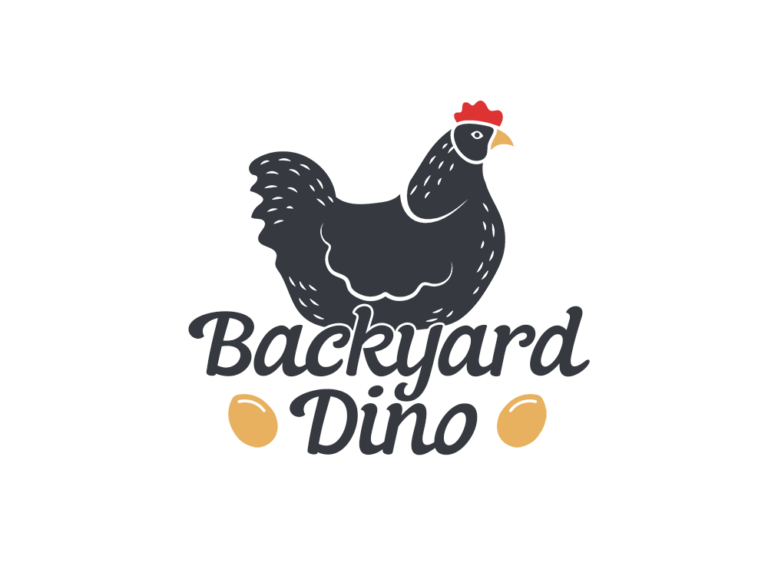
2 comments
[…] Check out this post on What to Feed Baby Chicks After Hatching. […]
[…] To learn more about what to feed chicks from 24 hours after hatching to 18 weeks of age, check out What to Feed Baby Chicks After Hatching. […]
Comments are closed.